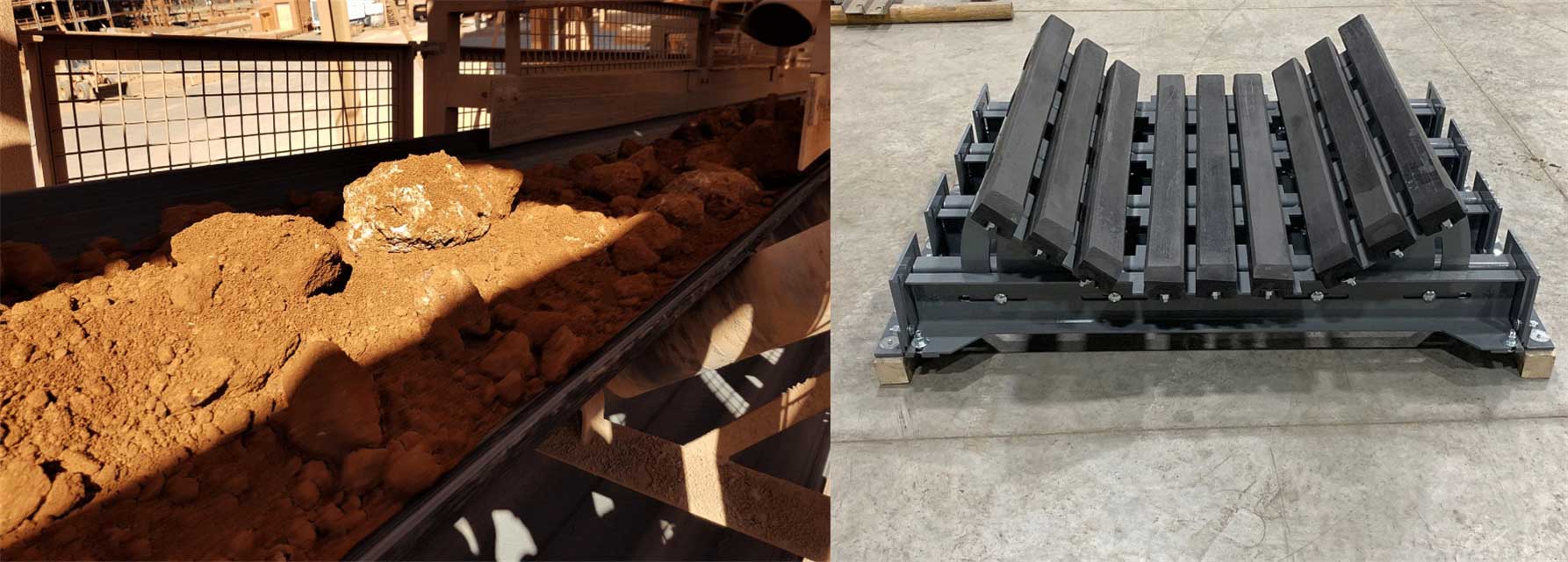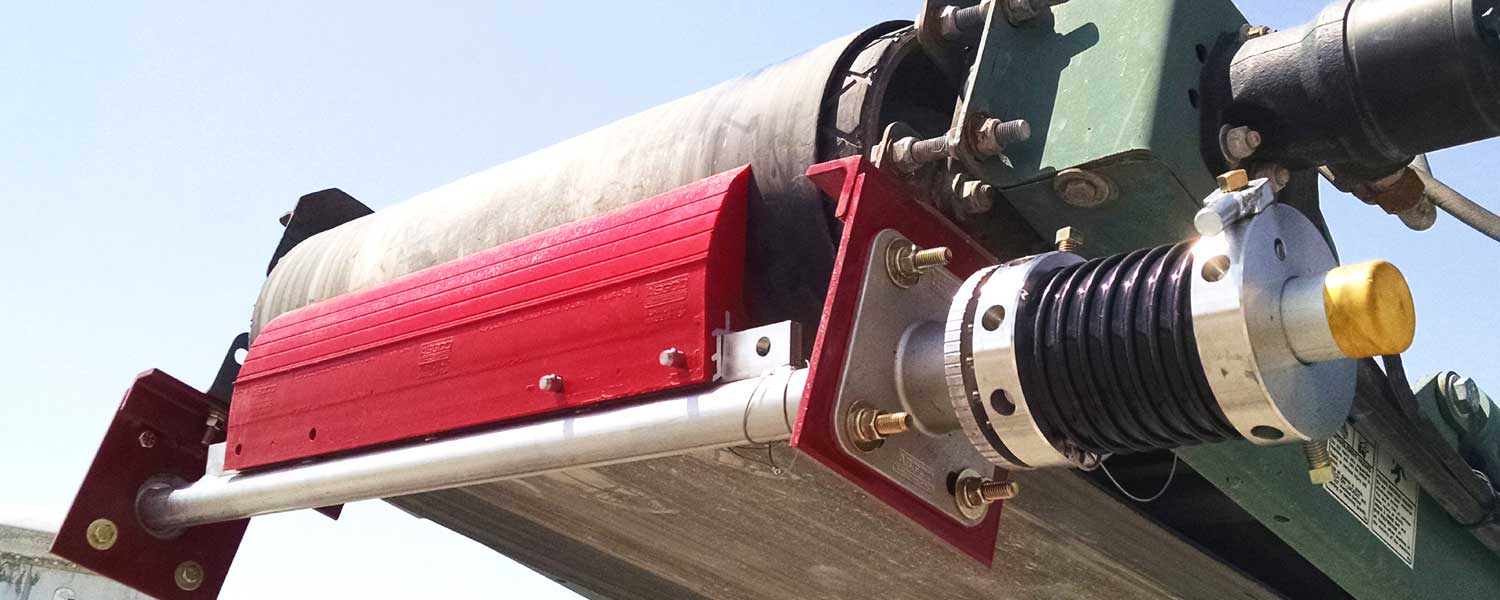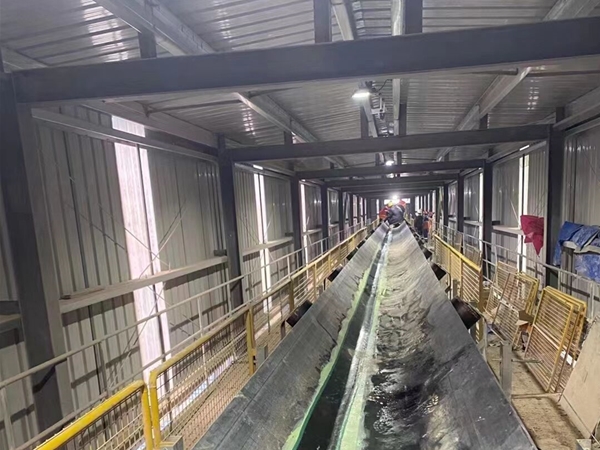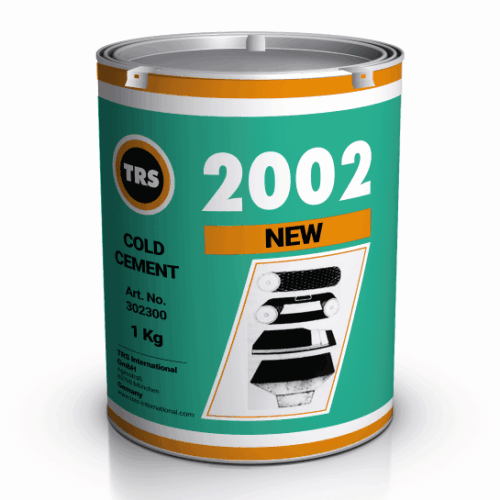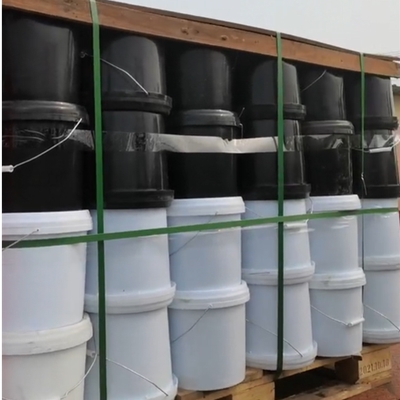Maintaining conveyor belts properly can minimize potential failures or malfunctions, and finally maximize the operating time and service life of the conveyor belt. Here Beltcare summaries some common reasons and their solutions for conveyor belt damage.
Abrasive Material
Over time, the material processed along the conveyor belt will wear away the surface of the conveyor belt. This is especially true for abrasives, such as iron ore, or conveyor belts that process high-speed, high-volume, and rock materials.
These abrasive materials may also be misplaced elsewhere, such as at the bottom or edge of the belt, leading to preventable belt wear.
Suggested Solution: Correct Belt Type
Choosing the right conveyor belt for the materials you carry can reduce the chance or risk of damage to the conveyor belt. For example, A-grade belts are wear-resistant and therefore longer lasting than general-purpose (M&N-grade) belts.
There are many different grades of textile/rubber belts, designed to suit different types of materials. To learn more about the grades of different types of conveyor belts and what they are suitable for, please visit our blog: Grades of rubber conveyor belts and their uses.
Suggested Solution: Conveyor Skirting
The conveyor belt skirting is a system that creates an effective seal between the conveyor belt structure. The belt skirting prevents stray materials from getting stuck between the belt and the belt structure, which can cause abrasive wear and grooves in the belt.
Carryback Build-up
Even after unloading at the unloading point, the material still sticking to the bottom of the conveyor belt is called “back-loading”.
Straps can cause a series of problems for many conveyor components. In terms of belt damage, the strap will reduce the efficiency and service life of the belt, especially since the strap layer will become thicker or harder over time.
In addition, when the backing material sticks to other conveying parts, it can continuously contact the belt and effectively wear the belt.
Suggested Solution: Proper Conveyor Belt Cleaning Solutions
There are many different types of belt cleaning solutions available depending on various factors. Essentially, their main purpose is to eliminate the straps on the conveyor belt; to keep the belt tidy, and to avoid potentially expensive problems caused by carrying luggage.
Beltcare has a complete series of belt cleaners, which can meet any belt cleaning requirements:
- Air Knives
- Belt Scrapers
- Brush Cleaners
- Spray Bars
- V-Plow
Material Impact Damage
Large and bulky materials can cause damage to the rollers, frames, and belts of the conveyor. When the agglomeration of materials becomes large or excessive, the efficiency of the drum will be reduced.
When the blocks collide between the idlers, the conveyor belt is stretched to absorb the force and cause stress. Over time, the impact can deform the belt. The impact zone is where the material falls from the end of one conveyor belt to another. This is another area that is prone to large-scale damage to the conveyor belt.
Suggested solutions: impact beds and idlers
Impact beds and idlers are a good solution to reduce the impact force of the material, thereby reducing the wear rate of your belt. Here is a guide for impact bad: Everything You Need to Know for Conveyor Impact Bed
Compared with the standard idler/roller set, the impact idler and the idler set protect the belt from the impact damage of the material by absorbing and transmitting the impact force.
Suggested solution: affect the bed
Use impact beds instead of impact rollers and idlers. They are usually installed under belts and impact areas to absorb the impact of falling materials.
The impact bed provides more support for the conveyor belt and closes the gap left by the impact roller.
Belt Mis-tracking
Belt misalignment means that the conveyor belt is no longer aligned with its original or recommended position on the conveyor structure. This leads to friction and damage between the edges of the conveyor belt and surrounding parts and structures.
This is a common problem that can cause a wide range of factors such as material accumulation (backstrap), roller/roller conditions, pulley hysteresis conditions or types, and even the conditions of the belt itself.
Suggested solution: tracking roller
The tracking roller performs consistent corrections to keep the belt running smoothly, aligned and centered. They are a low-cost and low-maintenance solution, the belt is stalled, and can be easily installed.
Using Belt Cleaner
Belt cleaner systems that are not suitable for your application or incorrect installation can be a source of damage to your conveyor belt. For example, belt scrapers are effective for cleaning, but worn carbide blades can tear the belt.
Suggested solution: correct scraper type
It is important that the correct type of scraper blade is used for your application, whether it is polyurethane or cemented carbide, or something more unique. Here is a guide for belt cleaner choosing: How to Choose Suitable Conveyor Belt Cleaner?
Suggested solution: ongoing maintenance
Regular maintenance is the most effective way to prevent the conveyor belt from being damaged for any reason. Maintenance will identify any potential risks or problems, areas that need improvement, and worn or failed parts. This includes worn scraper blades, posing a risk of physical damage to the conveyor belt.



